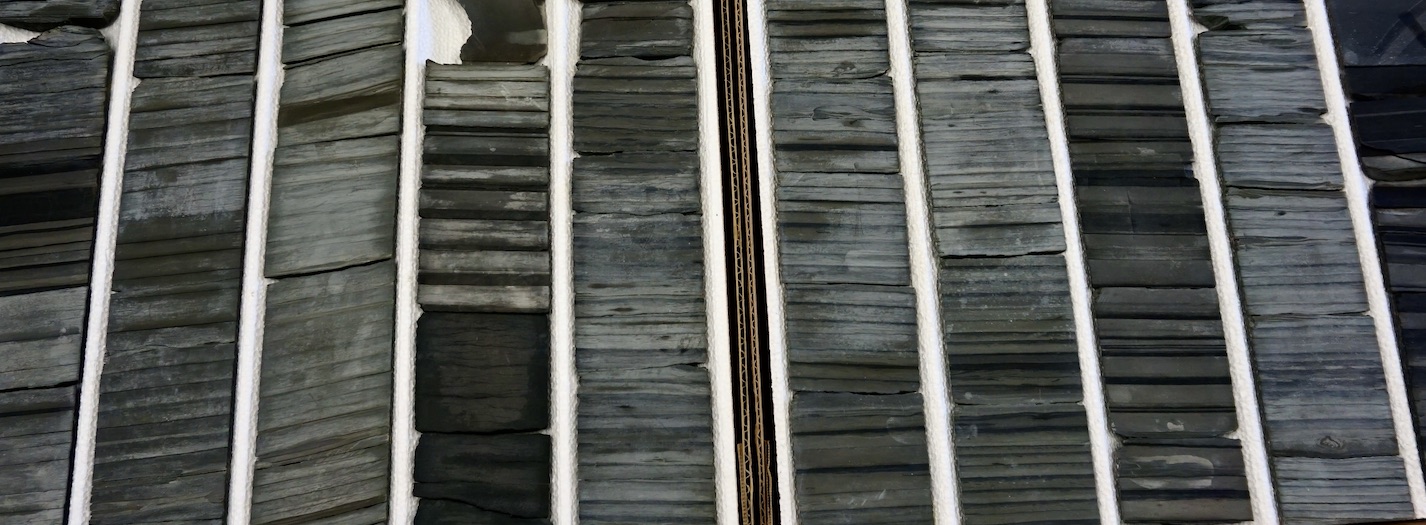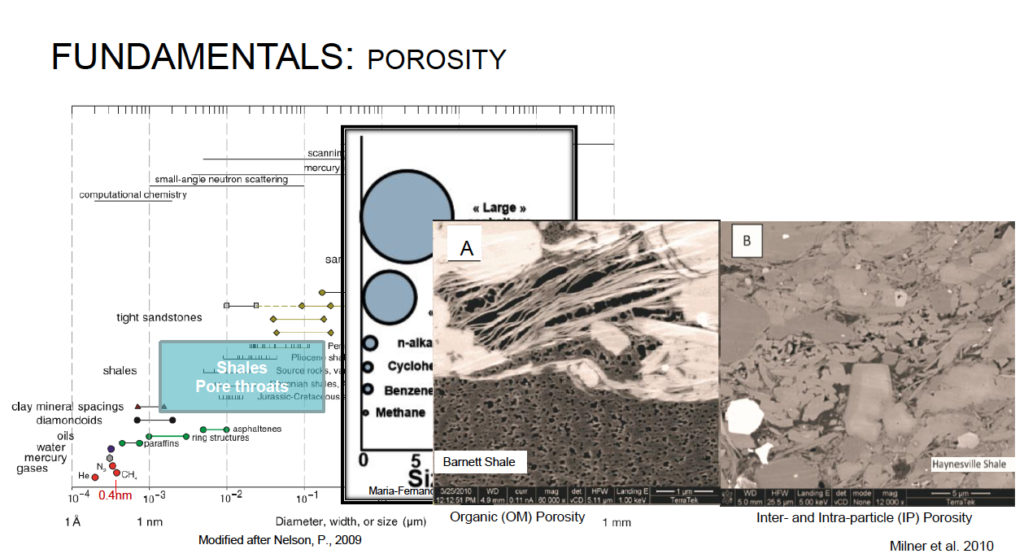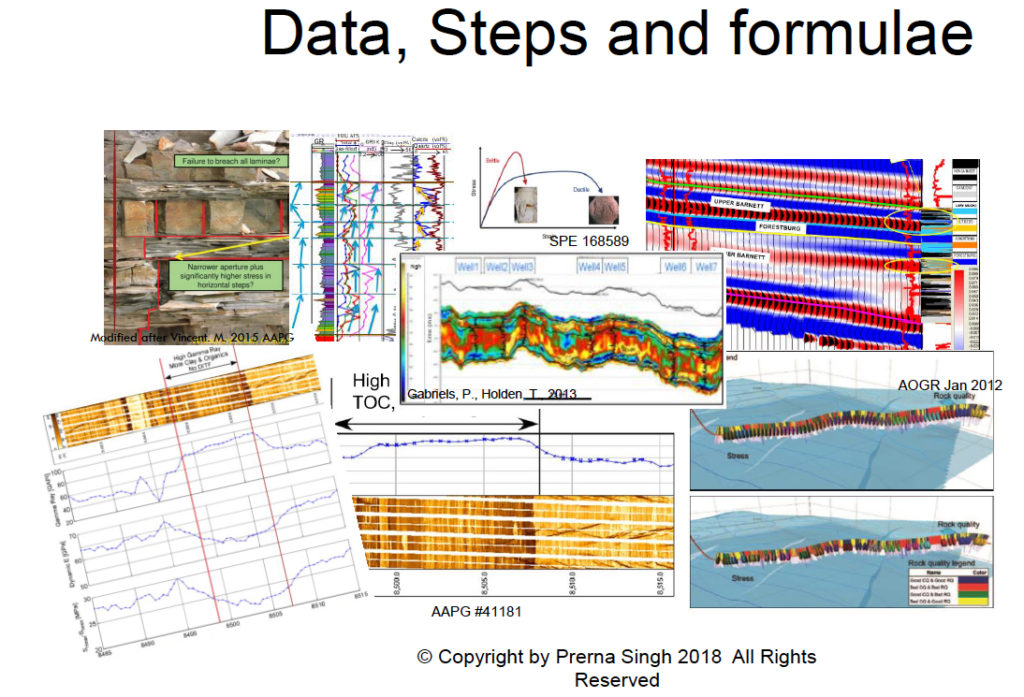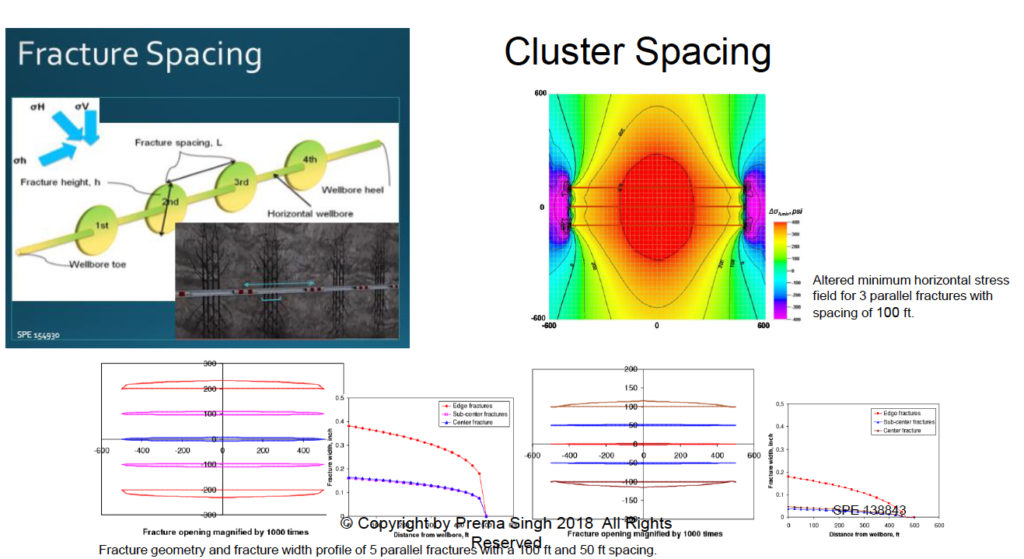
Shale Plays: All you need to know from Exploration through Development
Course Details
There is a fundamental question that should be asked in earnest when it comes to success in Unconventional Plays – ‘do we have the needed links in place?’ If the links between the Geologic evaluations and reservoir stimulation decisions are not in place, then even the greatest tier area of the reservoir might result in poorly performing wells and will miss the opportunity to be exploited to its fullest! This course provides the knowledge for developing a link between the geologic assessment work and reservoir stimulation/completion work. It encompasses topics needed for proper geologic assessment and their application in identification of completions methods and strategies. In a nutshell, during the course, we will learn about rock compositional, mechanical properties and the role of stress, natural fractures and pore pressure in determining landing depths, designing well completion strategies, executing refracturing operations. During this course we will additionally look at Shale oil characterization – traditional methods, most efficient method and case studies. The course provides beginners to advanced level of knowledge and is best suited for students, Geologist, Geophysicist and Reservoir engineers who are involved in shale play assessment, appraisal and development projects.Who Should Attend
Geologists, Geophysicists, Petrophysicists, Engineers, Geosteerers and other professionals who are interested in developing an in-depth understanding of shale
Need more information?
Course Outline
Day 1
I. Fundamentals of Shale – Grain Size, Composition of matrix – Organic & Inorganic, Clays – A closer look, Types of Porosity, Lithofacies, Parasequences – core photos, thin sectionsLUNCH BREAK
II. Mechanical Stratigraphy – Mechanical Properties, Brittleness, Rock Strength anisotropy, Past and current-day stress (In situ stresses, Natural fractures)
III. Fundamentals of Rock Stimulation/Hydraulic Fracturing – Stages, Clusters and Proppants, Types of Completion

Day 2
I .IV. Fundamentals of Rock Stimulation/Hydraulic Fracturing – Microseismic – Stimulation monitoring technology, Reservoir Modeling V. Applicability – Landing depth, Directional Drilling, Frac Geometry, Stage spacingLUNCH BREAK
II. V. Applicability (cont.) – Re-frac, Frac hits VI. Requirements for good reservoir characterization, wellbore placement & stimulation decisions – Data, Steps and Formulae, Summary

Day 3
I. VII. Special look at Shale oil play characterization – Problem statement, Case studies, Fundamentals: Organic Content & thermal maturity, Porosity & thermal maturity, Clay Illitization & thermal maturity, Clay Swelling, CEC & Mechanical Properties.LUNCH BREAK
II. VIII. Shale Oil Characterization Method (wireline logs) – Standard triple combo logs – Schmoker, Passey Method, The Shale Oil Method…, Revisit our Case studies, Summary

This course is available on demand and can be scheduled in-house for your company. Rates depend on the number of participants.


